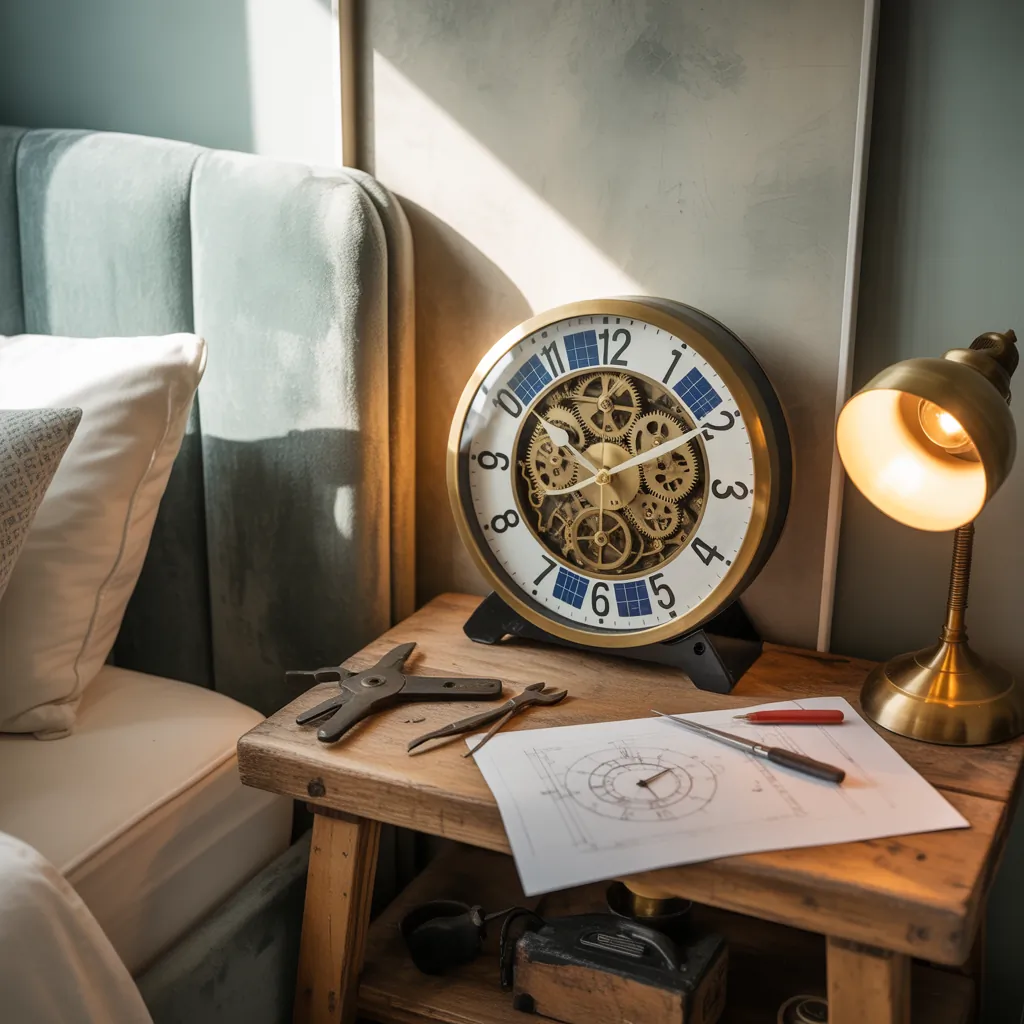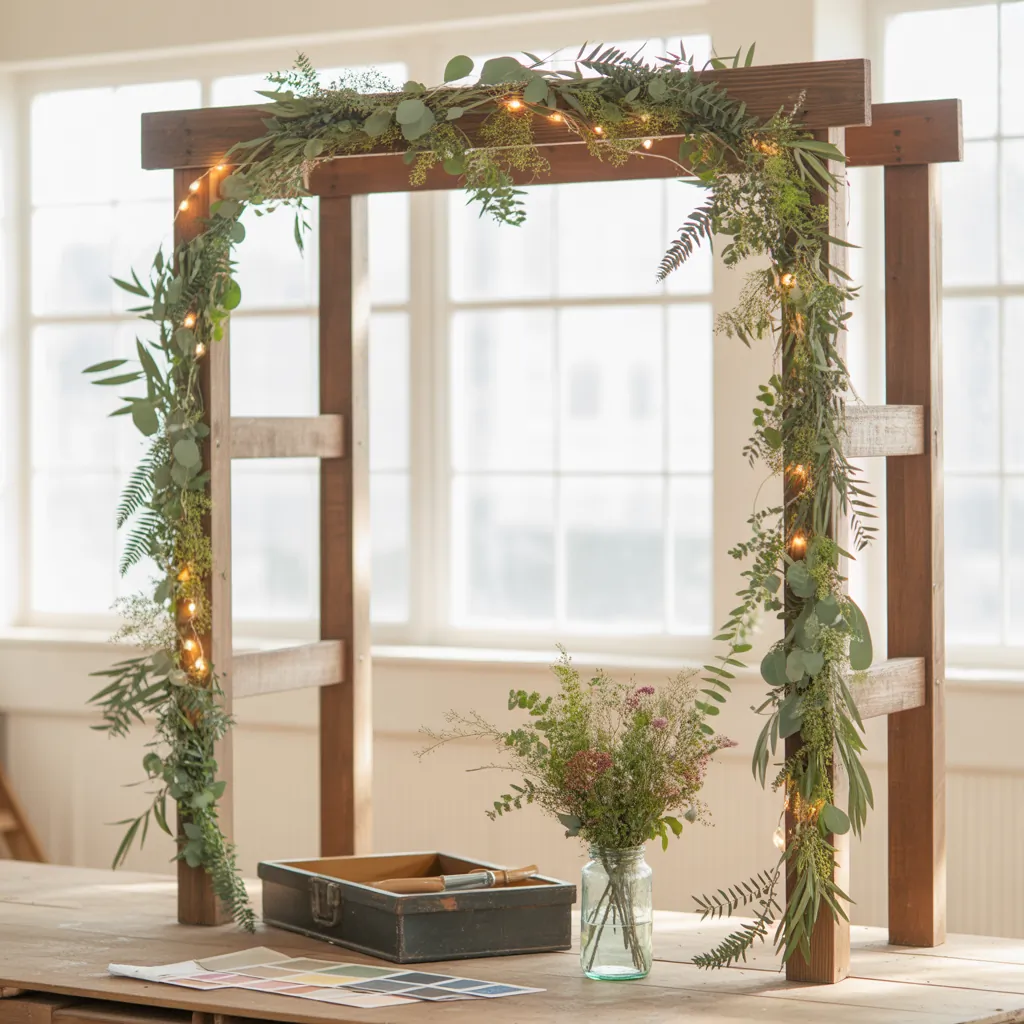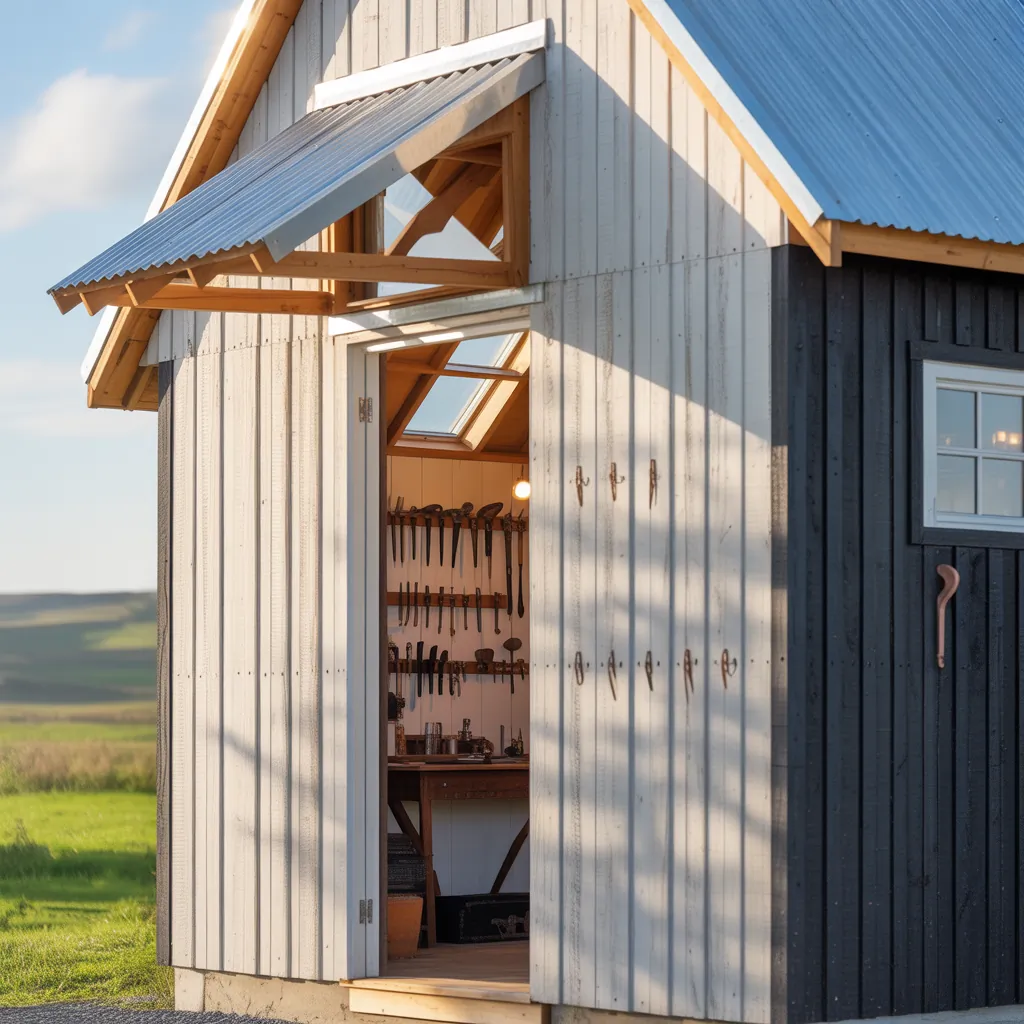Ever lie awake at 2 a.m. staring at an annoying ticking noise or a glaring LED that ruins your chance at sleep? You’re not alone. Choosing the right clock for your bedroom is a small change with big payoff—better rest, cleaner design, and a helpful bedside companion. Whether you’re renovating a master suite or refreshing a guest room, these bedroom clocks suggestions will help you pick, place, and even build the perfect timepiece for your space.
Why the right bedroom clock matters
A clock is more than a way to tell time. In the bedroom it affects sleep hygiene, complements decor, and can either add calm or contribute to stress. A loud ticking alarm may work in a workshop but not in a sleep sanctuary. On the flip side, a dimmable LED clock or smart alarm can improve mornings without sabotaging nights. Consider function (alarm, nightlight, projection), form (analog, digital, minimalist), and tech (smart sync, battery backup) when choosing your clock.
Bedroom clocks suggestions: Types, pros, and placement ideas
Here are practical suggestions grouped by style and purpose. Use these as inspiration to match a clock to your bedroom’s vibe and needs.
- Silent analog clocks — Classic look with a sweep movement to eliminate ticking noise. Ideal for light sleepers and traditional decor. Best on a bedside table or mounted at eye level.
- Minimalist wall clock — Large dial, thin hands, neutral colors. Makes a great focal point above the headboard. Look for non-ticking movements and clear numerals for readability.
- Dimmable LED alarm clock — Choose amber or red LEDs to minimize blue light impact. Adjustable brightness and gentle alarms are sleep-friendly. Place on your nightstand within reach.
- Smart alarm clock — Integrates with voice assistants, sunrise-simulating lights, and customizable alarm tones. Good for tech-forward bedrooms; ensure night mode or ‘do not disturb’ settings.
- Vintage bedside clock — Upcycled or restored mechanical alarms add character. Replace the movement with a quiet quartz mechanism if the ticking is an issue.
- Projection clocks — Project the time onto the ceiling or wall for quick glances without turning. Great for dark rooms but check brightness settings.
- Glow-in-the-dark or luminous clocks — Subtle glow helps you check time without bright LEDs. Recharge by daylight or choose tritium-backed models for long-term glow.
- Travel or compact clocks — For guest rooms or if you like a clutter-free nightstand. Foldable cases protect the clock and keep surfaces tidy.
Placement & size tips
- Rule of thumb: clock diameter should be about one-fifth the width of the wall it’s on for a balanced look.
- For bedside clocks, keep the clock within arm’s reach but not so close that it dominates the nightstand.
- If using a wall clock above a bed, center it with the headboard or offset it as part of a gallery wall.
- Consider sight lines from the bed—place the clock where it’s easy to glance at without getting up.
DIY step-by-step: Make a custom wall clock
Want a personalized statement piece? This simple DIY gives you a one-of-a-kind clock that fits your bedroom palette.
- Materials: clock movement kit (quartz, silent sweep), plywood or round MDF base, sandpaper, primer, paint or wood stain, numbers or stencils, drill, mounting hardware.
- Step 1: Cut and sand the clock face to your desired size (12–20 inches works well for bedrooms).
- Step 2: Prime and paint or stain the face. Use painter’s tape or stencils to create clean numerals or minimalist markers.
- Step 3: Drill the center hole, install the clock mechanism per kit instructions, and attach the hands. Test with a battery before sealing.
- Step 4: Add a protective finish if painted, attach hanging hardware, and mount securely on the wall.
- Tip: Choose matte or low-gloss finishes to reduce reflection and keep the clock subtle in low light.
Quick DIY: Upcycle a vintage alarm clock
- Remove the old movement and replace with a modern, silent quartz kit to keep vintage looks without the tick.
- Clean brass or chrome with non-abrasive metal polish; replace cracked glass with acrylic for safety.
- Add a felt base or simple wooden stand to stabilize on uneven nightstands.
Design inspiration: Match your timepiece to bedroom styles
Different aesthetics call for different clocks:
- Minimalist/Scandinavian: White or natural wood round clock, thin hands, clear numerals.
- Modern/Industrial: Black metal frame, large numerals, exposed hardware.
- Boho/Vintage: Distressed wood or brass alarm clocks, mixed with macramé and layered textiles.
- Mid-century: Sunburst wall clock or teak finishes to complement retro furniture.
Practical tips: Sleep-friendly and tech-savvy features
To keep your bedroom restful and useful:
- Choose silent sweep movements or electronic tick-free displays for light sleepers.
- Use warm-hued LEDs and dimmable settings to reduce blue light exposure.
- Consider alarms with gradual volume increase or natural sounds to wake gently.
- Smart clocks should support night mode and integrate with bedroom lights for sunrise simulation.
- Battery-operated clocks are great for avoiding cords; pick alkaline batteries or rechargeable options with long life.
Budget-friendly sourcing and upcycling ideas
You don’t have to buy new. Thrift stores, flea markets, and estate sales often have unique timepieces begging for a refresh. Swap out noisy movements, repaint cases, or mount a small clock face into a decorative frame for a custom look at low cost.
For project ideas and step-by-step help, check our DIY projects page to find other budget-friendly home upgrades and inspiration.
Frequently Asked Questions
- 1. What type of clock is best for light sleepers?
- Choose a silent sweep analog or a digital clock with a dimmable display and no loud ticking. Warm-colored LEDs or low-brightness displays are preferable to blue-hued screens.
- 2. How big should a wall clock be for a bedroom?
- Measure the wall space and aim for a clock that is roughly one-fifth of the width for visual balance. For over-the-bed placement, 12–20 inches is a common sweet spot.
- 3. Can I use a smart alarm clock without it disturbing sleep?
- Yes—look for models with a true night mode, minimal notifications, and customizable brightness. Many smart clocks offer sunrise alarms and gentle tones that help you wake naturally without disrupting sleep cycles.
Conclusion
Choosing the right bedroom clock is a simple DIY-friendly upgrade that can dramatically improve both function and style. From silent analog bedside clocks to smart alarm timepieces, these bedroom clocks suggestions will help you pick a model that fits your sleep needs and design goals. Try a hands-on project—like building a custom wall clock or upcycling a vintage alarm—and share the results. For more home improvement ideas and step-by-step inspiration, visit our DIY projects and home design ideas pages. Ready to update your bedroom clock? Start your project today and tag your before-and-after photos to inspire others.



